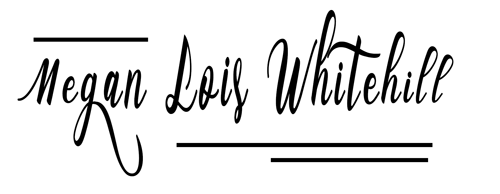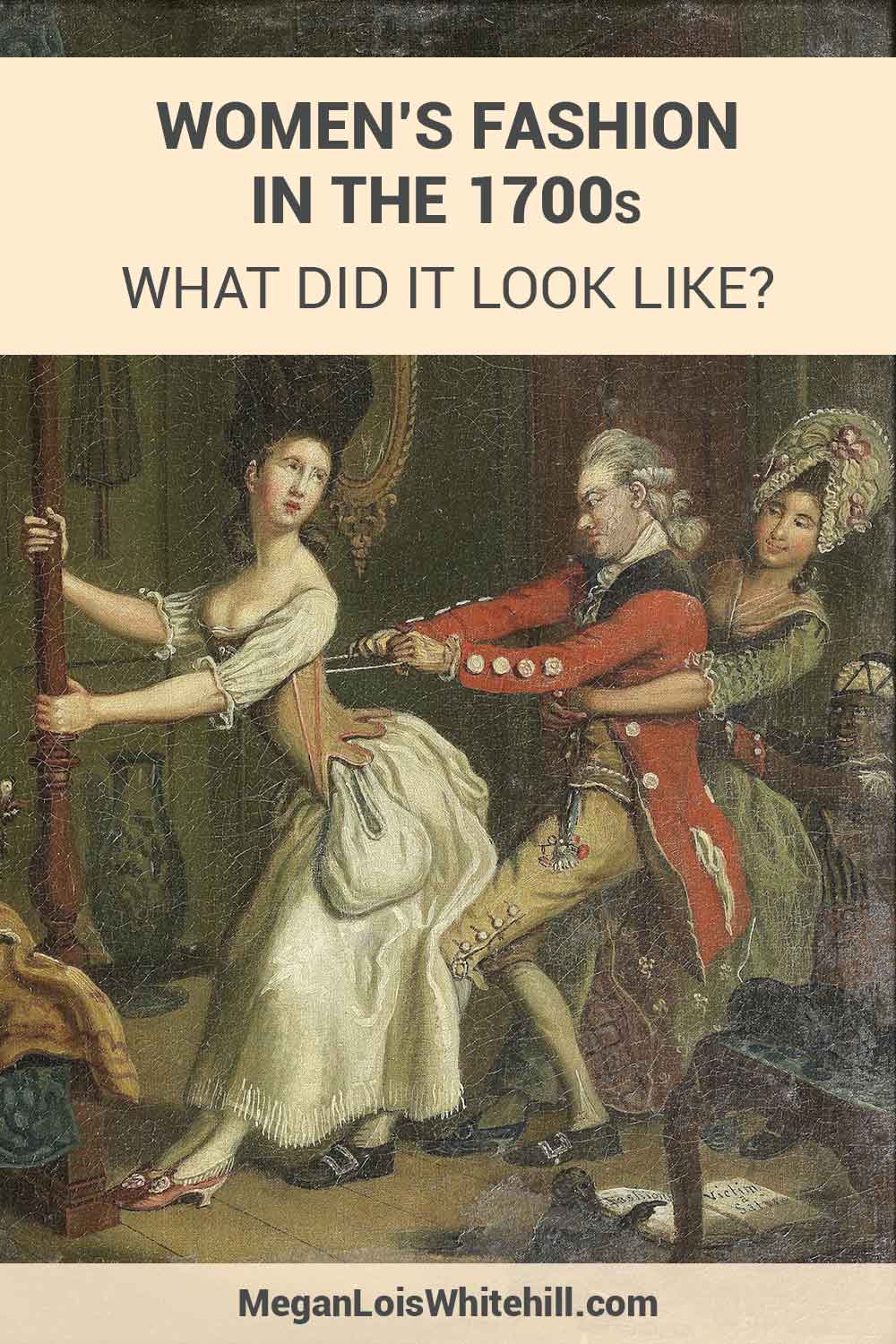What did fashion look like for women in the 1700s?
Bold hairstyles. Wide-hipped dresses. Bustles. Bonnets. Heavy makeup.
European women of the 18th century had it all. (Along with the women in the colonies destined to be the United States.)
This page is a roundup of my favorite resources on the internet about them. Want to learn more? Read on.
Note: This page changes as I find new resources or as others go offline. If you find a link that doesn’t work anymore, please contact me so I can take it down.
Video: Getting dressed in the 18th century by National Museums Liverpool.
Video: Getting dressed in the 18th century – working woman by CrowsEyesProductions
Article: Women’s Fashions of the 1700s on Bellatory
The article Women’s Fashions of the 1700s is a broad overview of women’s clothing during the century. It zeros in on early 1700s, mid-1700s and late 1700s, describing the changes from time period to time period. The article is written by Delores Monet, and includes a collection of photos and references for further study.
Online Gallery: Eighteenth-Century European Dress by Met Museum
The Met has a gorgeous online gallery of 18th century fashion. These are the gowns that make the art museum cut. The photos are high quality and the info is juicy. The gallery includes links to other articles about fabrics and styles.
Online Gallery: 18th Century Women’s Clothing Pinterest Board
Like visuals? I populate my 18th Century Women’s Clothing board with the best eye candy I find on the web. Go ahead and follow the board for research and inspiration.

